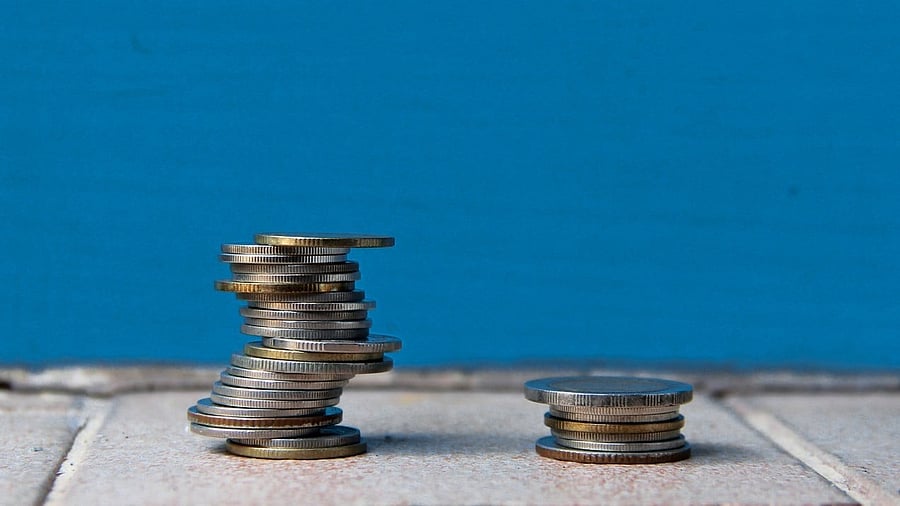
Representative image for economic inequality.
Credit: iStock Photo
The claim about India’s stature as the fourth most equal country in the world, based on a recent World Bank report, is misleading. The report did note a decline in India’s consumption-based Gini coefficient from 28.8 to 25.5 between 2011-12 and 2022-23, which indicates improved equality in consumption.
The Gini coefficient is a measure of income or wealth equality and is used as a broad indicator of relative performance. But the union government’s claim about the No. 4 ranking is far from accurate because it is based on only one parameter.
While the report acknowledged the improvement in India’s consumption-based Gini index, it also said inequality may be underestimated due to data limitations. More importantly, it said income inequality in the country rose from a Gini of 52 in 2004 to 62 in 2023. Wage disparity, it noted, remained high, with the median earnings of the top 10% being 13 times higher than the bottom 10% in 2023–24.
Consumption is not a reliable measure to compare equality because the rich save a good part of their income and are also known to conceal some part of it, while the poor spend most or all of it.
The UN Food and Agriculture Organisation (FAO) has reported that in the case of per capita calorie intake, which is an important pointer to consumption expenditure, India’s position is 102 out of 185 countries in 2019.
The key factor to examine here is a comparison of incomes, where India’s position is worse than that of most countries in the world. The Gini index for income gave India a rank of 176 out of 216 countries in 2019.
It was ranked 115 in 2009; so inequality has only increased on this front. India’s Gini index for wealth equality is 75, which is worse – the Gini ranking is from 0 to 100, and the higher a country’s score, the worse it is in ranking.
Other reports and findings have underlined the serious nature of income and wealth inequality in India. According to these reports, the richest 1% in the country controlled 22.6% of the national income and owned 40.1% of the nation’s total wealth, while the bottom 50% had only 15% of the national income and held a mere 6.4% of the nation’s wealth.
The highlighting of favourable elements in the World Bank report and the misrepresentation of its findings is in line with the government’s tendency to disregard data.
